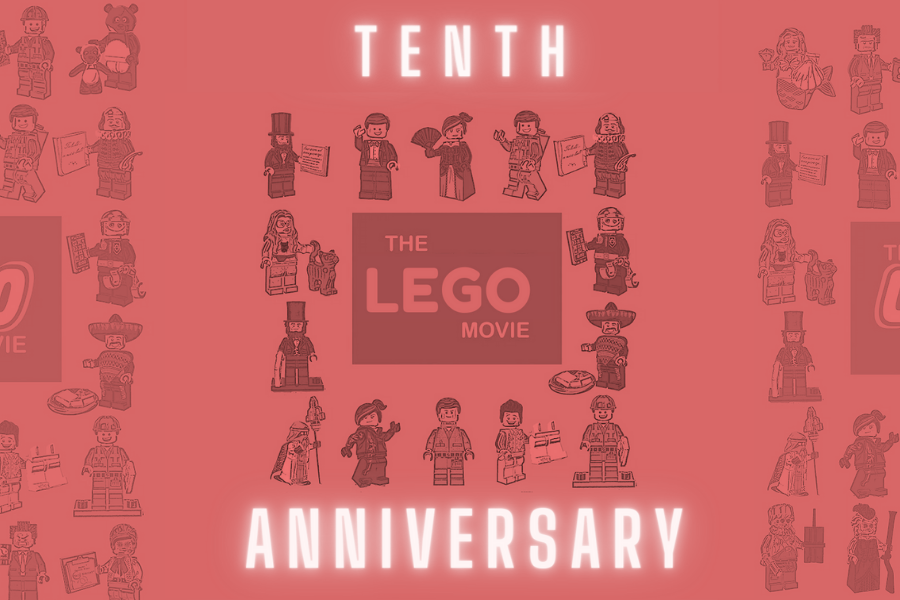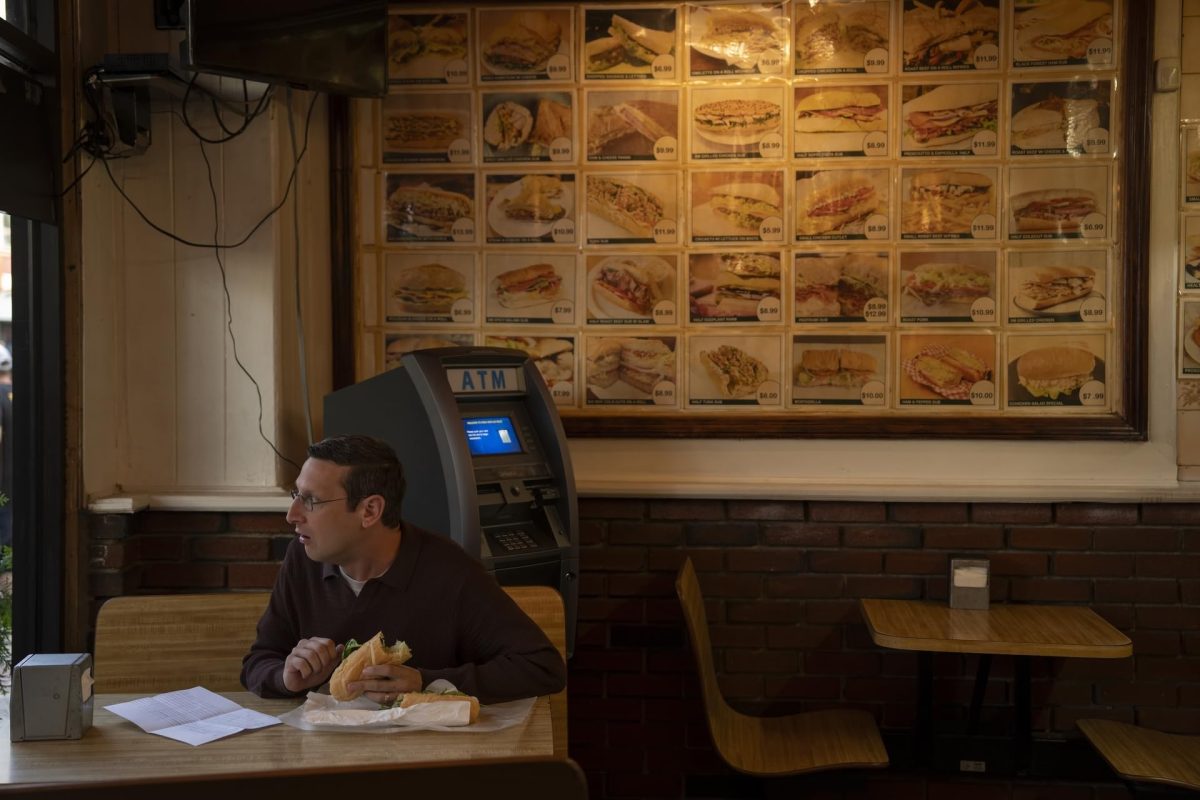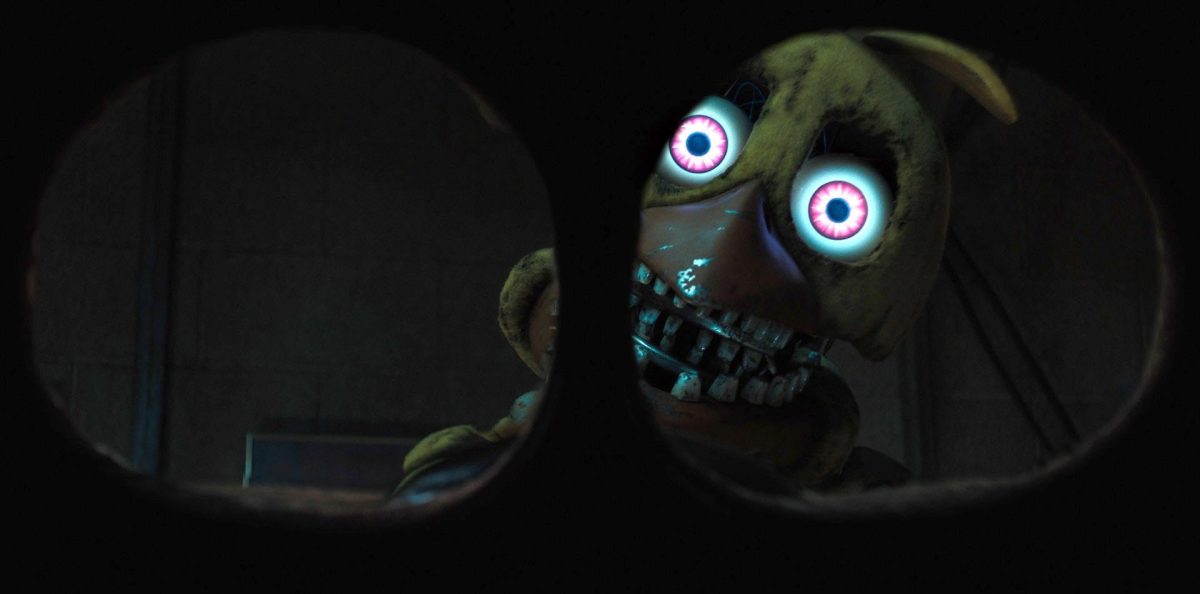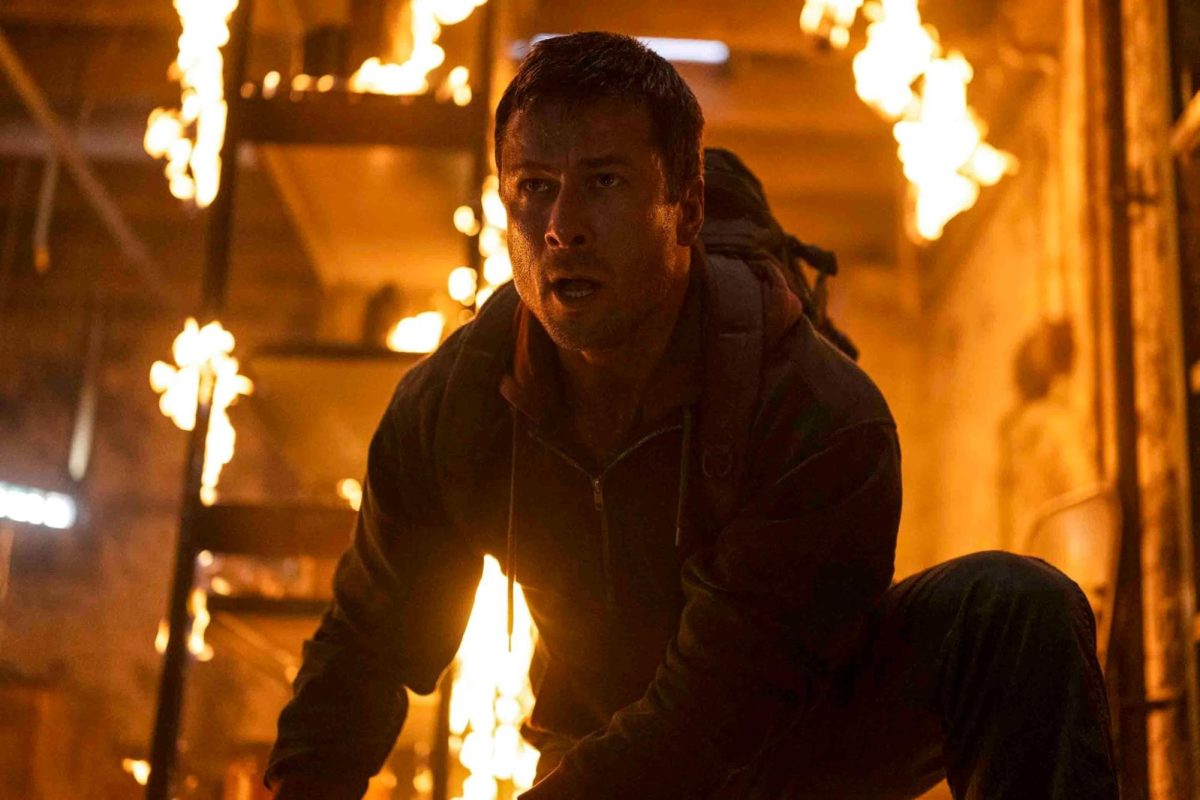Ten years ago today, “The Lego Movie” was released to the public.
To those without taste, the decennial anniversary of an animated film about a brand of plastic bricks might seem like an irrelevant event. However, a more enlightened audience can appreciate “The Lego Movie” for what it actually is — a timeless masterpiece.
From the get-go, “The Lego Movie” is an enticing watch. Emmet (Chris Pratt), an unremarkable construction worker living in the equally banal landscape of Bricksburg, stumbles upon the extraordinary task of saving the world.
Unwittingly labeled “the Special,” he traverses different lands and finds friends in a colorful cast of characters — one of whom is Metalbeard, voiced by University of Illinois alum Nick Offerman. Through setbacks, successes and the guidance of his friends, Emmet transforms into a Master Builder, all while retaining the good-natured charm of his initial self.
The creators of “The Lego Movie” could have easily stopped there. Stories about a relatably average character achieving something exceptional almost always resonate with audiences. Yet, the film makes the ambitious decision to extend beyond that well-loved trope.
Get The Daily Illini in your inbox!
In particular, the blatantly named President Business’ (Will Ferrell) plan to take over the world with his Kragle technology echoes the issue of corporate monopolies in the modern era. For more mature viewers made weary by the antics of real-life Lord Businesses, “The Lego Movie” is an unexpected but welcome source of cathartically witty and socially pertinent commentary.
On top of that, the film is a seamless blend of live action and animation, culminating in a clever parallel storyline between the human and Lego worlds.
From this symbiotic relationship between movie-making styles, “The Lego Movie” produces genuinely heartwarming insights into family relationships and the emotional limitations of being a perfectionist.
A large part of why the interplay of the two mediums works is the movie’s consistent loyalty to its plastic and block-shaped source material.
The accurate stiff, Lego-like movement of each piece, as well as the fingerprint marks and cracks of wear and tear on the characters, breathe life into the movie. Humor partakes as well, with a beaten-up tube of Krazy Glue masquerading as the Kragle superweapon and Vitruvius’s (Morgan Freeman) staff being a chewed-up lollipop.
Subtle details like these immerse the viewer into the approachable narrative idea that “The Lego Movie” is the product of a person’s boundless imagination at play.
Similar to the explosive creativity of “Spider-Man: Across the Spider-Verse” or the artistry that oozes out of every frame in a Studio Ghibli production, the care and thought put into “The Lego Movie” indicates its status as an innovative passion project through and through.
Every artistic and thematic decision is exhaustively inventive, from “Everything is Awesome,” the satirical yet strangely inspiring earworm of an anthem, to the literal world-building of its brilliantly refreshing take on the Lego universe.
If one wanted to reduce it to its barest form, “The Lego Movie” is ultimately a 100-minute-long visual treat of an advertisement for a toy company. However, to acknowledge that is also to recognize the film’s refusal to take a formulaic path to profit.
Instead, “The Lego Movie” builds on its archetypal beginnings to construct a brick-solid precedent for what any animated film should be. It takes its audience seriously — both children and adults — and in return makes an unforgettable contribution to the ever-increasing public respect for animation as a genre.









